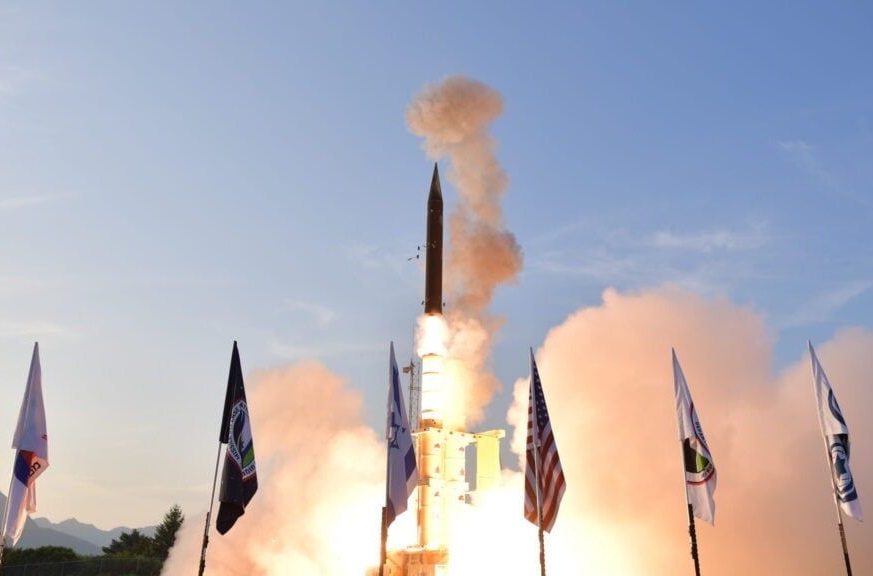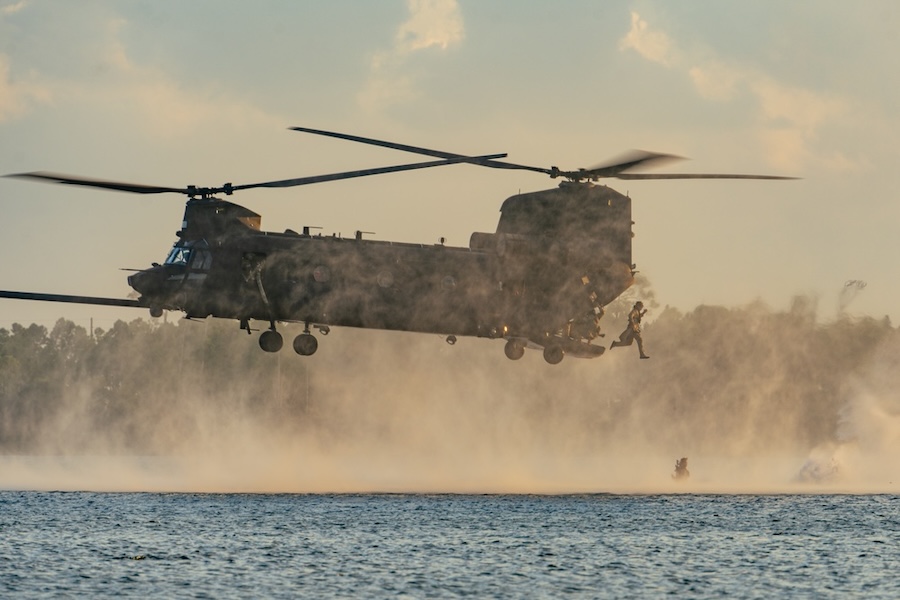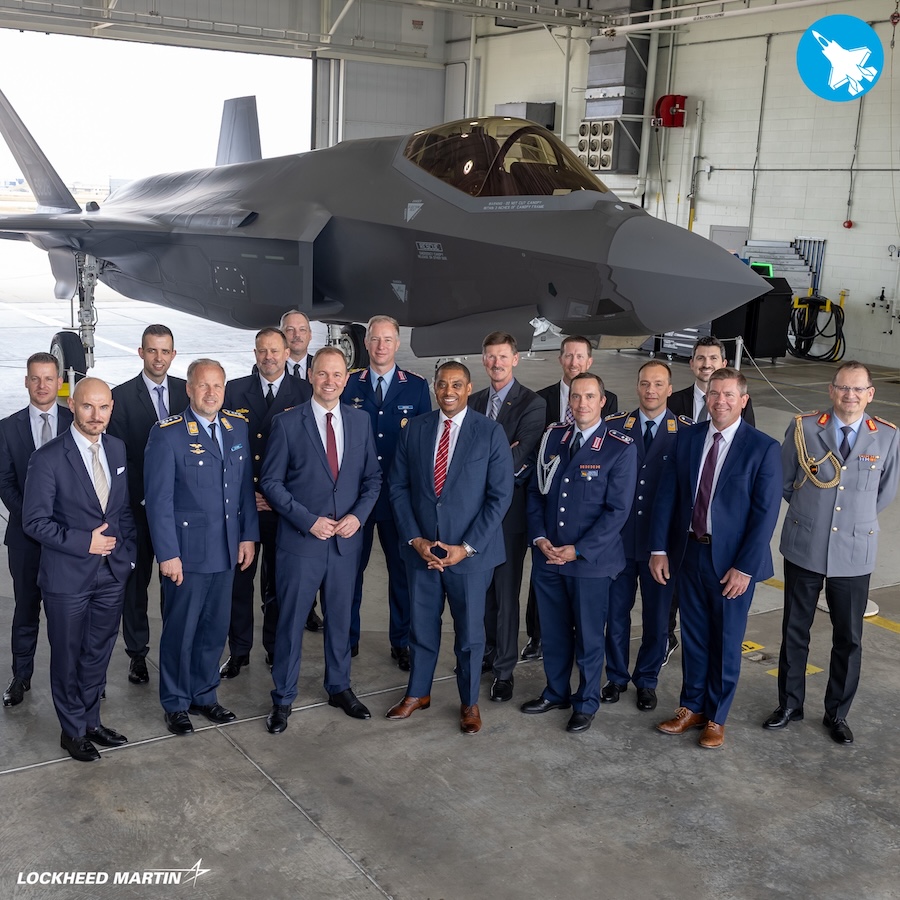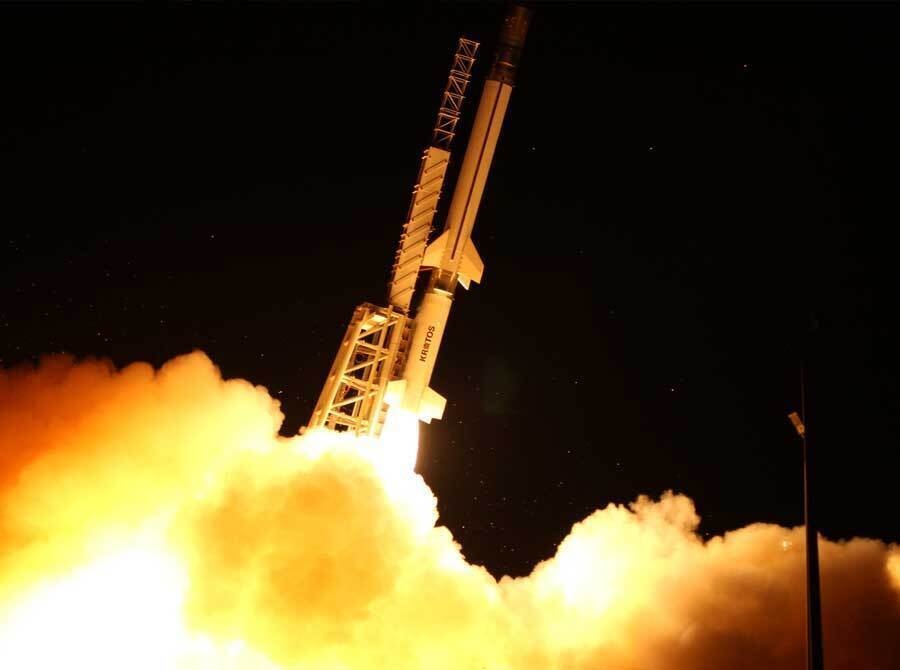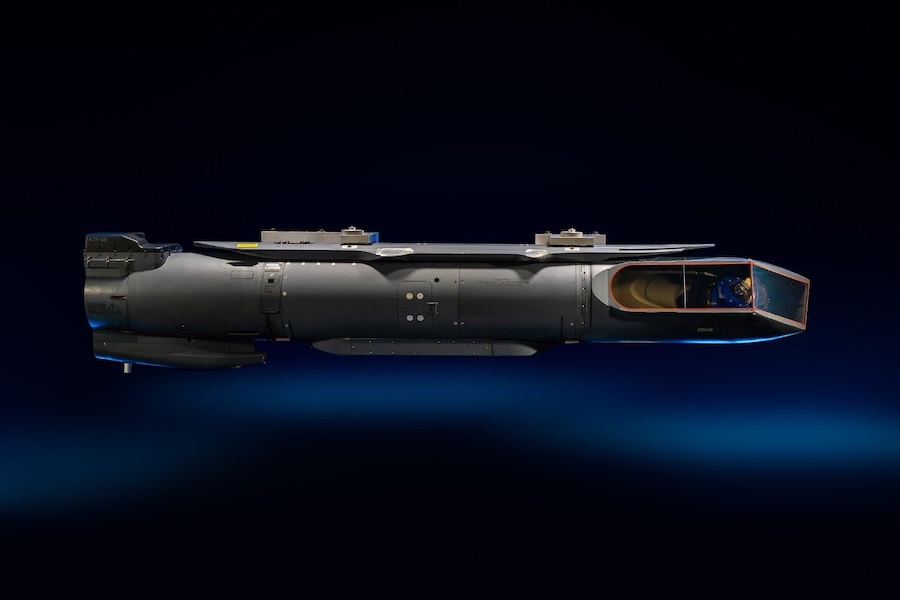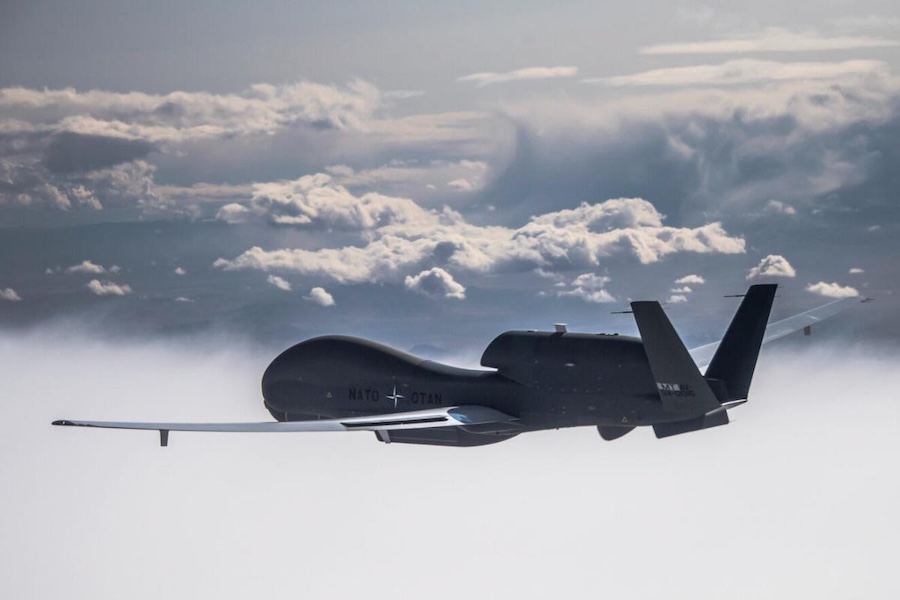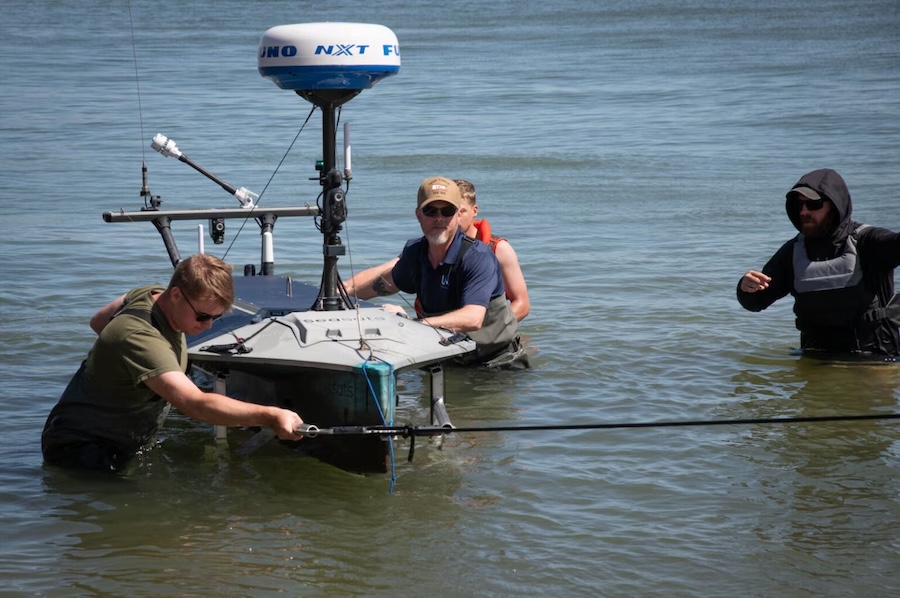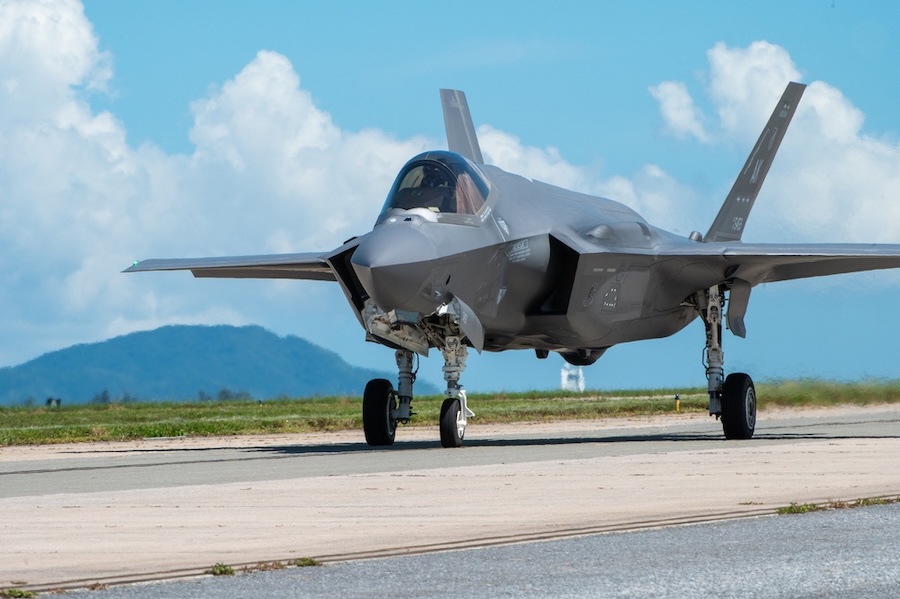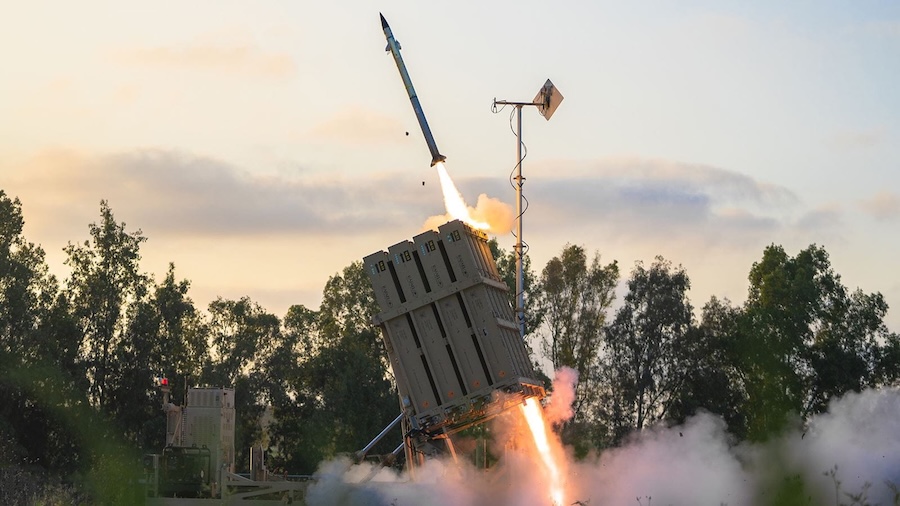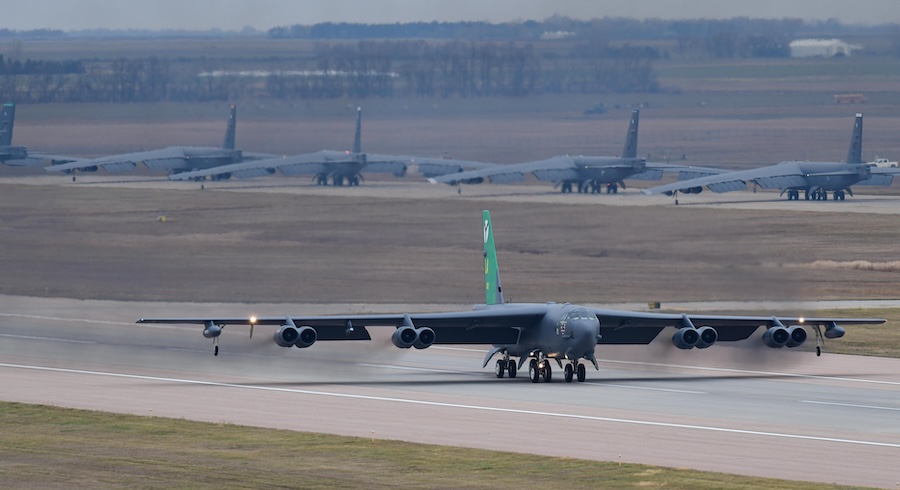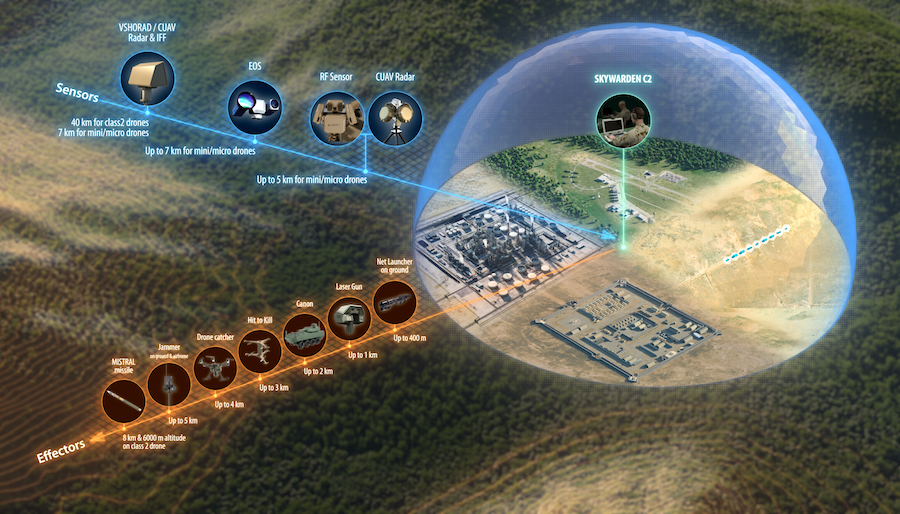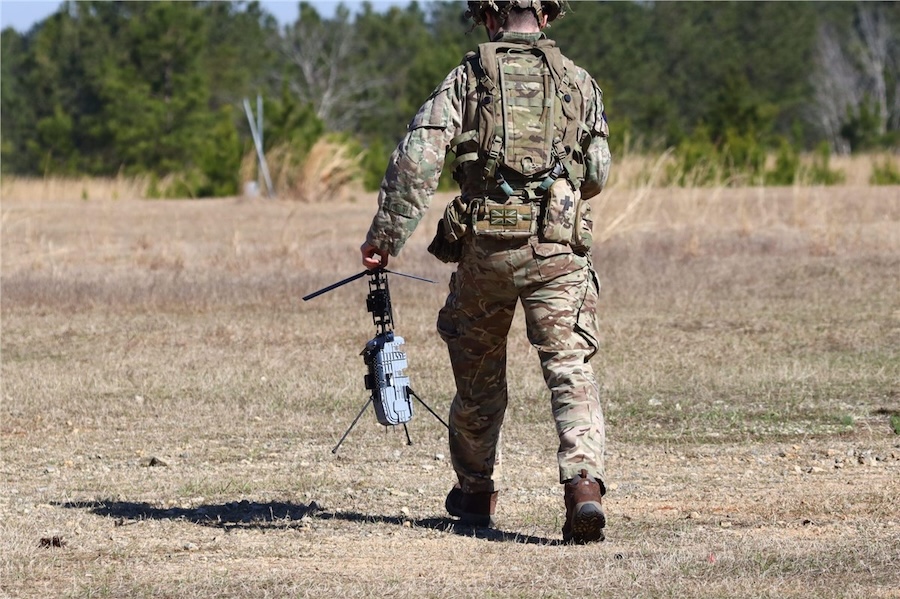The system is designed to address a critical capability gap between short- and long-range defences, targeting low-flying threats such as cruise missiles and militarised drones. Boeing’s solution is intended to enhance protection on the battlefield by combining speed, range and agility.
“We understand warfighter needs and the dynamic environments soldiers operate in, and our goal is to keep them safe with an innovative, affordable offering that leverages our industry-leading missile expertise,” said Jim Leary, executive director of Business Development for Precision Engagement Systems at Boeing. “Our design offers increased magazine depth with a missile that provides enhanced speed to target, greater range and maneuverability for sustained engagement against an evolving threat.”
Boeing’s approach incorporates a Modular Open Systems Approach (MOSA), allowing the system to be rapidly updated in response to new threats. This flexibility is expected to play a key role in keeping the system relevant in a fast-changing security landscape.
The U.S. Army aims to integrate the new interceptor with its broader air and missile defence architecture, enhancing layered defences across operational theatres. It is part of a wider push to develop more complete and cost-effective solutions for future combat environments.
Tentative selection for the prototype development phase is expected next year, with Boeing now positioned as a strong contender. The company’s continued participation signals confidence in its ability to deliver a robust and scalable air defence capability.











